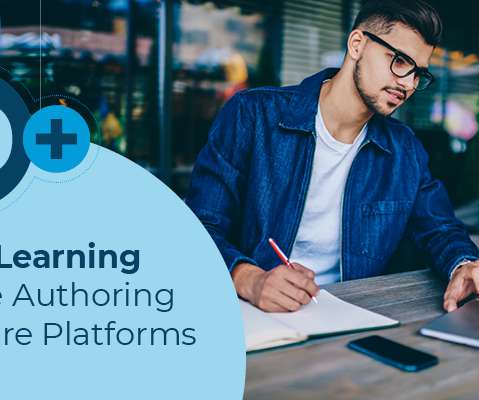Free Webinar: Sharing Trainer's Social Media Bag of Tricks and Secrets
Beth's Blog: How Nonprofits Can Use Social Media
JANUARY 21, 2010
For almost six years, she has been integrating social media tools and tricks into her instructional practice. She is going to share with you all her secrets, her tool bag, and other tips for using social media to create instructional materials, research your audience, deliver your workshop and follow up. Audience Research.












Let's personalize your content